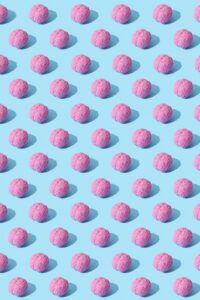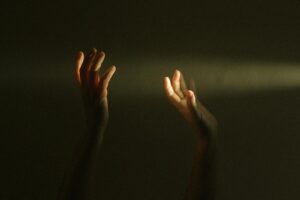When we are less exposed to light during the winter months, we may face various psychological and physiological difficulties. The human eye perceives visible light at wavelengths between 400 and 700 nanometers. This light emitted from the light source is reflected from objects depending on factors such as color temperature, vibration frequency, color rendering index (CRI), brightness and interaction with various substances. These reflections create different contrasts, reach the eye and affect people’s physical and psychological health.
Vitamin D deficiency can occur, especially when sunlight is not sufficiently utilized. Vitamin D can affect mood as well as general health. People with low vitamin D levels may have an increased risk of depression. The shorter days and longer nights in winter can cause the body to tend to increase the hormone melatonin. This can lead to reduced energy levels and insomnia.
An important fact that has a significant impact on people’s psychology and overall health is the provision of quality and adequate sleep. In this process, the hormone melatonin plays an important role. Melatonin is secreted in response to a decrease in the level of light falling on the retina and promotes the onset of sleep. When light increases, melatonin secretion decreases, which promotes wakefulness. Therefore, a healthy secretion of the hormone melatonin is essential for the regular functioning of the biological clock and to improve sleep quality.
Today, people are exposed to artificial light day or night. Reflected or direct light during the night hours, when we sleep due to the biological clock, can disrupt sleep patterns. Television, computer monitors, cell phone screens, digital clocks, notification lights, vehicle headlights, streetlamps are some examples that can affect our sleep patterns at night.
Some experimental studies have shown a reduction in symptoms of depression in individuals who are more exposed to sunlight. When this effect is combined with antidepressant drugs, it reveals that more effective results can be obtained compared to the use of medication alone.
Another important effect of lighting is that its color and brightness values affect people’s eating habits. Studies have shown that people eat slower and less frequently in dimly lit restaurants. However, in this case, people are less alert and therefore less attentive to food calories. It is also thought that different light environments may affect eating habits through the influence of hormones. For example, it is thought that warm and yellow tones of light may affect the secretion of hormones such as serotonin and melatonin during meals. This in turn can affect the experience and taste of eating. Color and light arrangements can change the atmosphere of a space and the perception of food, which can have an impact on people’s food choices and consumption habits.
Reference:
Psychologist Merve Altındağ
KÜÇÜK, S. (2023). Aydınlatma ve Işığın İnsan Yaşam ve Sağlığı Üzerindeki Etkileri. Yeni Yüzyıl Journal of Medical Sciences, 4(3), 95-102.




